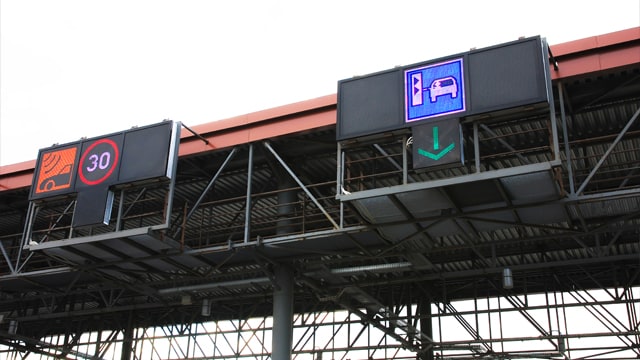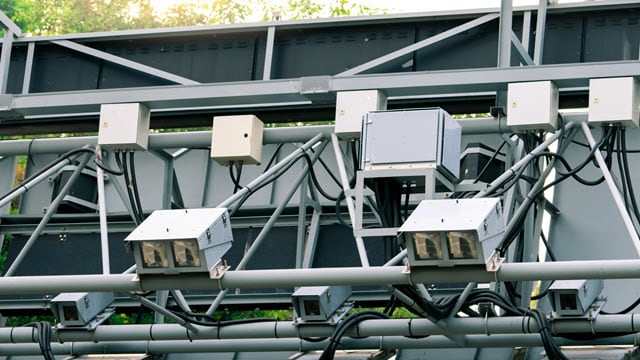The evolving tolling landscape has been saved


Most tolls collected on US roads today are captured through a vehicle-mounted transponder. It’s by far the most popular way to pay tolls. Since transponders are linked to driver accounts and are compatible with the technical infrastructure at toll plazas, they’re highly effective at collecting tolls.
Unfortunately, not all drivers have adopted transponders. At top-performing tolling authorities, an average of 82% of drivers use the local transponder system; the industry considers 73% to 85% a high adoption rate. In some of the most mature US tolling markets, transponder adoption has stalled at around 85% even after roughly 30 years of use and promotion. In addition, anecdotal evidence suggests that certain groups, such as unbanked and underbanked persons, are challenged by the prepaid deposits and fees required to open a transponder account, creating a further barrier to universal adoption.


Originally designed to identify and bill evaders of transponder-based systems, the toll-by-plate process has become the industry’s second most widely used revenue collection tool. This process uses a camera-based license plate reader to capture an image of each vehicle’s license plate as it passes under a toll gantry. The system converts the image to text via optical character recognition and cross-references the plate against a database of known toll accounts, which ensures that drivers with transponders aren’t charged twice—and that, if a transponder fails to activate under the toll gantry, the driver still is charged. If a plate number isn’t associated with a known toll account, the system tries to match the number to an address acquired via state databases so that a paper invoice can be mailed to the driver.
The toll-by-plate process, however, is subject to multiple failure points that can lead directly to uncollected revenue. Research shows that almost 40% of revenue that passes through the toll-by-plate process remains uncollected by tolling authorities.


To make toll payment easier for drivers, many third-party payment options have entered the market. On some toll roads, mobile apps allow drivers to skip the transponder or toll-by-plate process entirely and pay through the app instead. In addition, some auto manufacturers have begun testing toll payment via connected vehicle technology or other onboard devices. Compared to transponders, the use of third-party toll payment solutions is significantly lower, but the use of these applications is expected to increase as the adoption of connected devices and vehicles increases.




